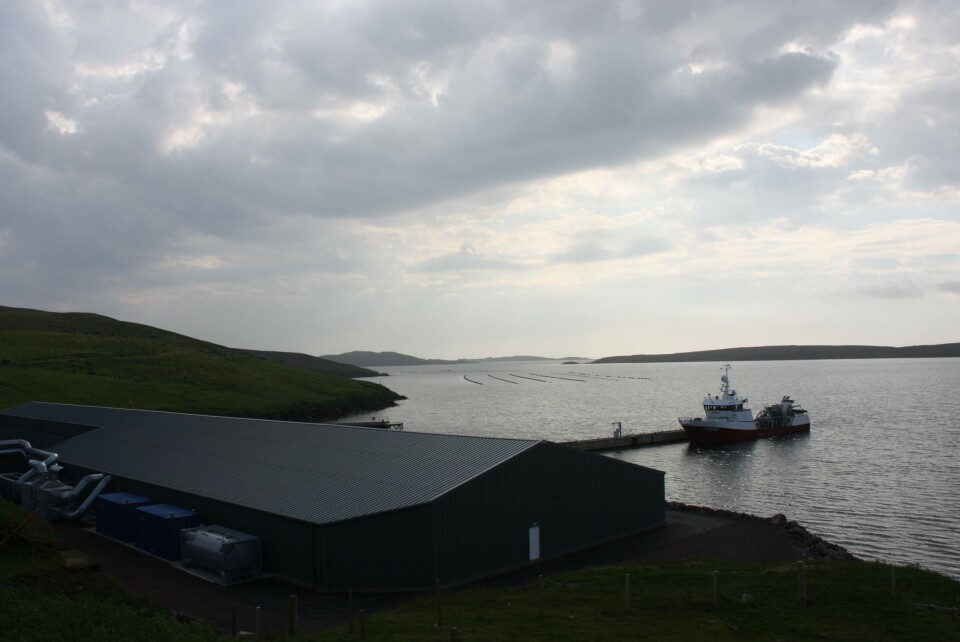
Speculation over Grieg’s future in Shetland
Algae, sea lice and the strength of the pound have all been blamed for a poor final quarter of 2015 by Grieg Seafood Shetland (GSS), and the performance means that the Scottish subsidiary faces a “a strategic review” by the Group’s board - with one industry commentator appearing to suggest that Grieg may even be considering the sale of its Shetland operations.
Indeed Nordea analyst Kolbjørn Giskeødegård comments: "We also note that part of the list of measures to turn the UK operations is considering a sale of this business unit."
Despite a good overall performance from the group’s Rogaland, Finnmark and BC operations – with EBITs per kilo of NOK 10.2, 6.1 and 10 respectively – EBIT per kilo in Shetland was NOK -17.2, down from NOK 4.2 in Q4 2014, while the harvested volume was 3,974 tonnes, down from 6,342 tonnes in Q4 2014.
To combat the high fish mortality and weak growth caused by algae and sea lice, the production cycle is Shetland being changed from 24 to 18 months.
Today’s report states that: “Implementation of this plan will make it possible to make more effective use of the good locations more effectively, while weaker areas will be laid temporarily fallow and manpower levels at sea will be reduced. The level of staff at the Shetland harvesting plant in this region is also being reduced. Lumpfish are being used as a means of combating sea lice. Monitoring of algae will also be a focus area.”
Other regions
The overall EBIT for the Group was MNOK 43, down from MNOK 130 in the final quarter of 2014. Harvested volume was 15,279 tonnes, against 15,941 tonnes in the same period of the previous year.
Before taxes and fair value adjustment of biomass, the accounts for Q4 show a profit MNOK 5.5, compared with MNOK 132.3 in the fourth quarter of 2014.
Measures to boost production and cut costs
The report reveals: “It is an aim to bring GSF's cost level down to the industry average, or lower. We will also be aiming to increase production by 10% annually in the period 2017-2019.
“GSF needs to improve operational efficiency. This involves both increasing the production per plant and per concession and reducing costs per kilo. The following steps are being taken:
“By increasing the smolt size, it will be possible to shorten the production time in the sea. The quantity of smolt is also being increased.
“Green licences will be implemented in Finnmark in the course of 2016. There will also be a general focus on MTB utilisation and increased production throughout the Group.
“In BC oxygen equipment is being procured in order to reduce the effect of periods when the oxygen level is low.
“A purchasing project is being established with the aim of reducing purchasing costs by 10% (this figure does not take account of fish feed).
“The group continues to expect a harvested volume of 70,000 tonnes in 2016. The forecast for Finnmark has been increased by 1,000 tonnes, while in Shetland it has been reduced by a corresponding amount. Norway is expected to account for 61% of the harvested volume in 2016, against 53% in 2015.”























































